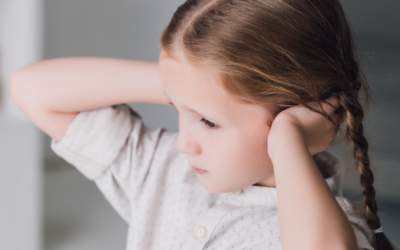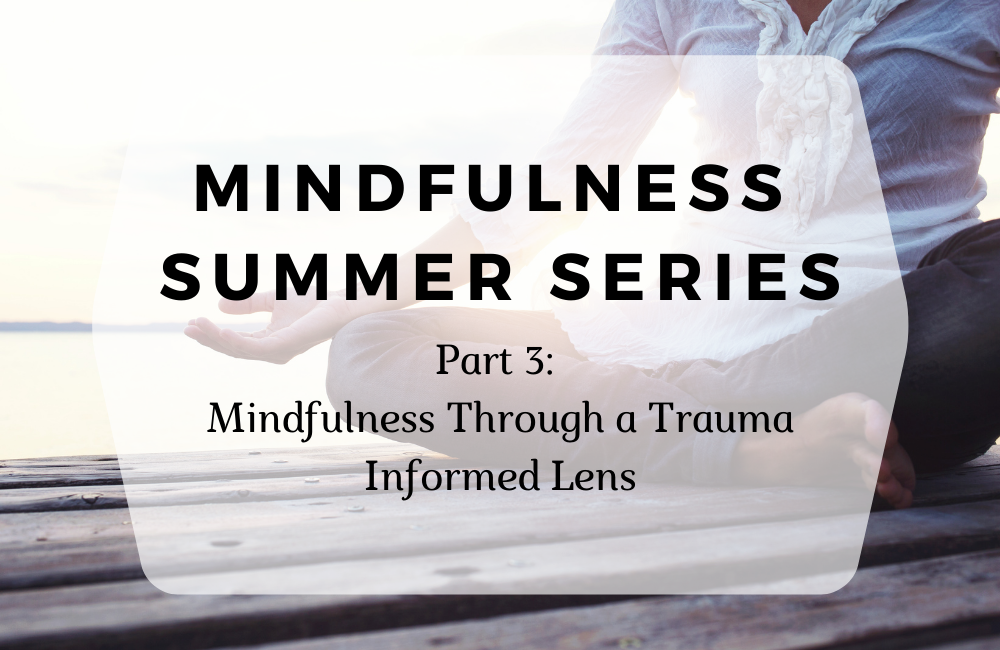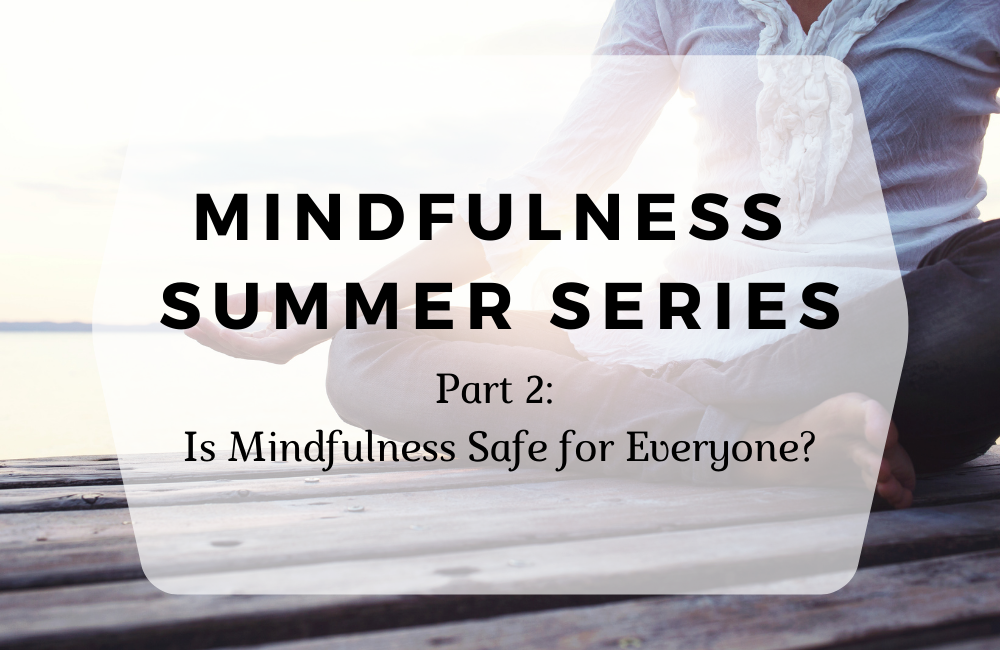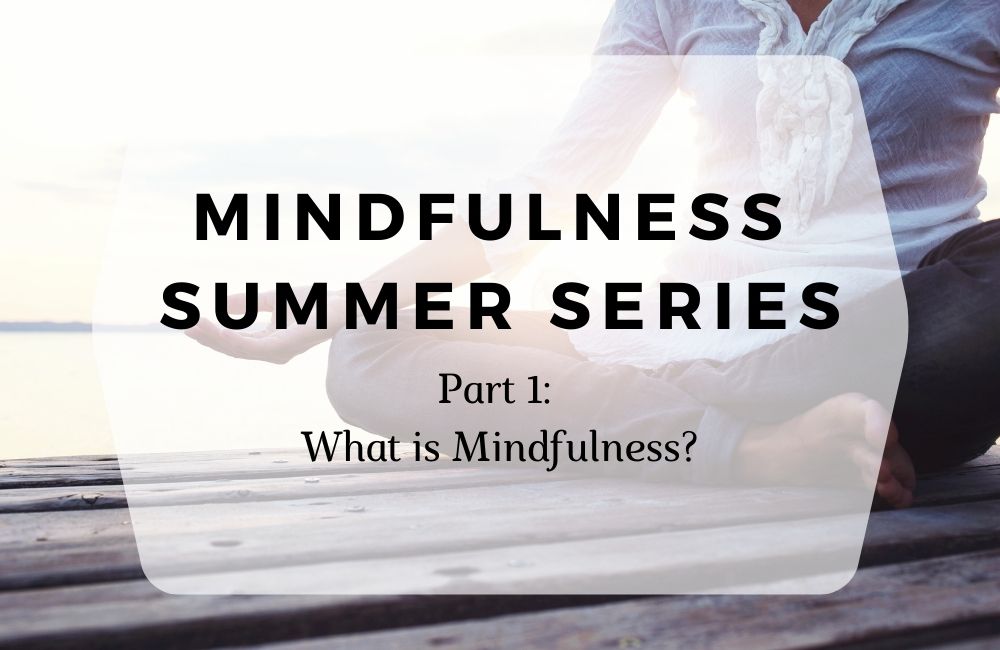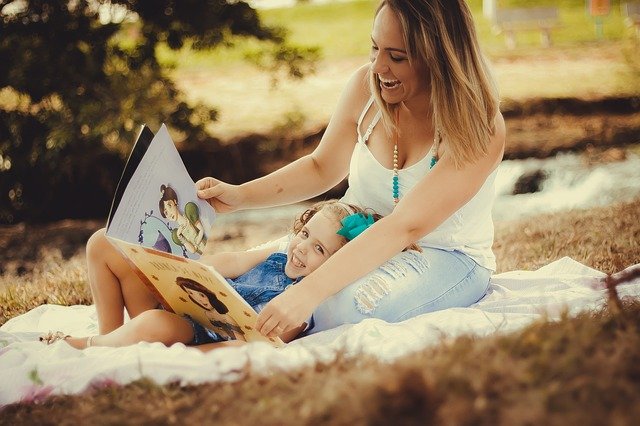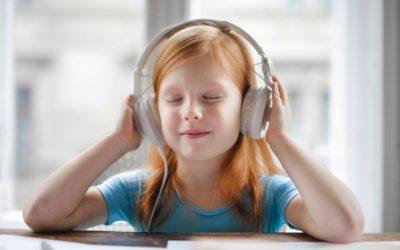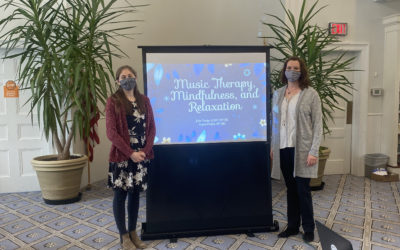Whether you are a parent or not, everyone appreciates calm. Life creates more opportunities for noise,
busyness, tension, and high energy activity than it does for relaxing and peaceful moments. It is for this
reason that adults, teens, and children alike will need to be intentional to find calm. In this first part of our two-part blog, we would like to focus on the needs of parents. What it is like for a parent or foster
parent while raising children? What if they have 2 or more children in their home and one or more has
special needs? That certainly adds complexity into the parenting experience. Their work can be very
hard but incredibly rewarding with the right resources.
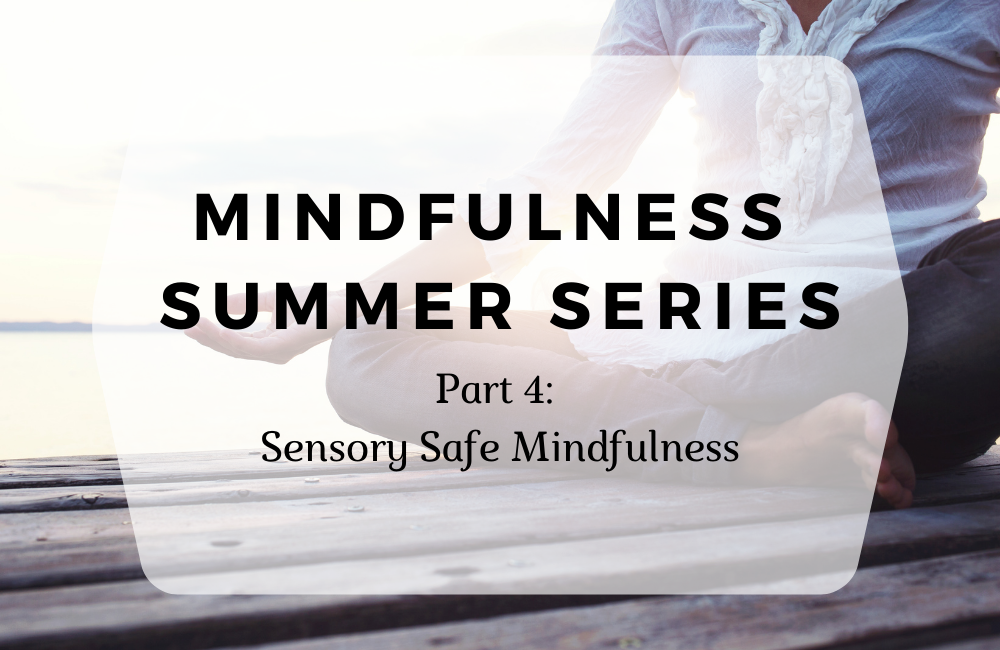
Sensory Safe Mindfulness
lik.We hope you have been enjoying our Summer 2021 Mindfulness Blog Series. In this last blog on the topic of mindfulness we want to provide practical ways to apply mindfulness safely. Because each person needs and prefers different ways to slow down the mind and notice the most present surroundings and circumstances, having a variety of options to consider is one way to allow a custom plan to be created.
If you are not working with a mental health professional but are realizing as you read these blogs that you might be struggling with depression, anxiety, or a past trauma, you will want to steer away from the mindfulness exercises that are more introspective and require closing your eyes. If you have not already read our third blog of the series, Mindfulness Through a Trauma Informed Lens, we highly recommend you do. Below is a list of wonderful safe opportunities to practice mindfulness with great results.
Sensory Based Mindfulness
Seeking opportunities to smell, taste, feel, and listen in a pursuit of noticing the environment around you with an increased awareness.
- Ice Cream Mindfulness – The summer is a perfect time for this appetizing mindfulness activity. Once you have your dish or cone of ice cream find a space that is quiet and free of distraction. Notice how it looks right after it was served and how it changes as you move through the exercise. Does the shape remind you of anything? Can you smell the ice cream? Is it melting quickly or slowly? How does it feel on your tongue and how long will it stay there until it melts away? What do you notice as you’re swallowing this cool treat? Slow down and notice. You may realize something new about this common experience or you may simply appreciate the space you created for yourself to stay present while enjoying it.
- Music & Coloring Mindfulness – Music plays a huge role in our day-to-day routines. Some begin their day with a morning alarm that plays one of their favorite songs or stations. In the car on the way to work or an activity a radio station is selected, or a favorite playlist is streaming. Perhaps kid’s songs are a necessity to keep the young one’s content. Let’s not forget the
weeknight or weekend concerts and musical entertainments. We’ve linked a mindfulness music playlist link below as well as a coloring PDF. Resources like these provide you with a unique opportunity to notice the nuances within the music as you add color to the mandala coloring page. What colors are you choosing as you listen? How do the sounds make you feel or what do they make you think of? Do your color choices change along with the changes in the music? Where in your body are you feeling the music the most?
Download this free mandala coloring sheet by clicking on the photo to the right. You can find other free coloring pages by clicking here.
- Nature Walk Mindfulness – Over the years many have shared with us that nature is where they find the least distractions and notice feeling most calm. This might be a hiking trail, an open park with trees and benches, at a cottage, or near a lake or ocean. Regardless of the destination it is a cherished place. As you move through this location take moments to pause and listen. Make a mental note of all the things you can hear. Look around you and name 5 things that you can see and then select the one that is the most attractive to you. Take in a breath through your nose and exhale through your mouth. What are the scents around you? Have you smelled them before? Are there any memories attached to those smells? Are their textures that you can explore with your hands or feet? As you experience this space use all the senses to notice and appreciate the opportunity to enjoy and stay present.
Staying present can be hard for the overactive mind. While trying these sensory activities be patient with yourself. When thoughts enter your mind that are unrelated to this mindfulness exercise, without judgement, excuse that thought and resume your mindfulness activity.
We hope you have enjoyed this fourth and final blog of our four-part Summer 2021 Mindfulness Blog Series and would love to hear from you regarding other topics you are interested in learning more about. Contact us if you’re interested in learning more about our mental health, creative arts, and music therapy services.
Parenting: Finding Calm in the Chaos (Part 1)
Finding Peace on Earth
As we wind down 2021 with all its twists and turns we look toward a new year. Most people look forward with hope, that life might be easier, less chaotic, and filled with family, friends, good health and happiness. Christmas and Holiday cards send best wishes for a joyous and peaceful new year. There is a very real hunger and thirst for peace, for peace on this earth.
Sounds That Scare Our Children
It can be common to see children plug their ears or show displeasure toward an unexpected, loud, high
pitched or popping sound, however, how do we know when it is time to get professional help for our
child whose responses appear severe. A quick reaction to a sound means the child is responding to their
good survival instincts so it’s all normal, right?




